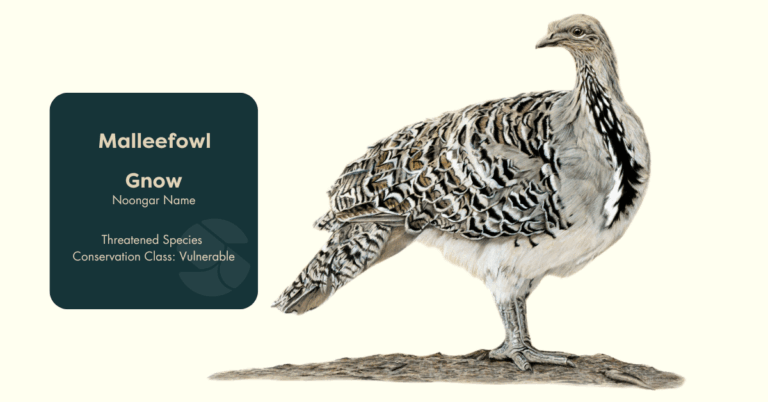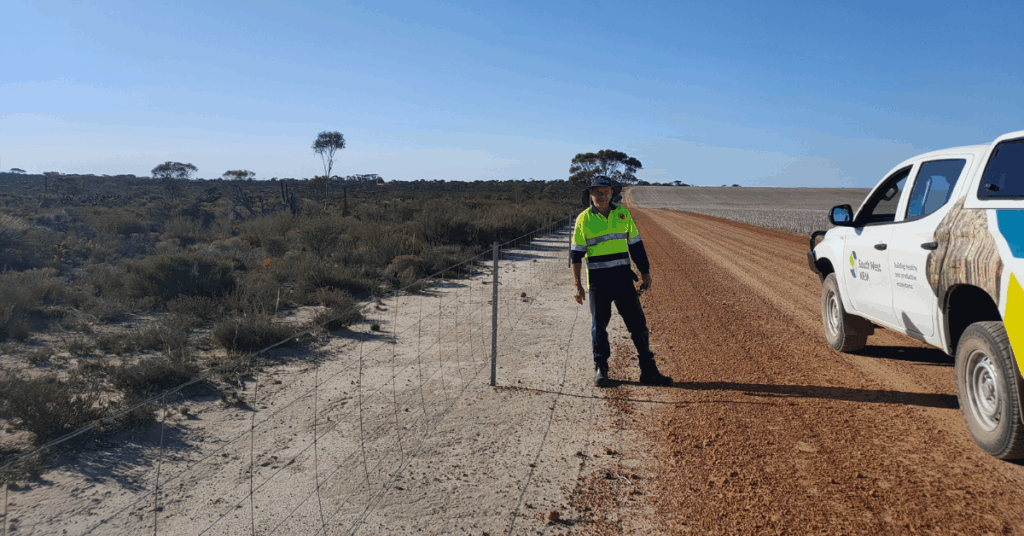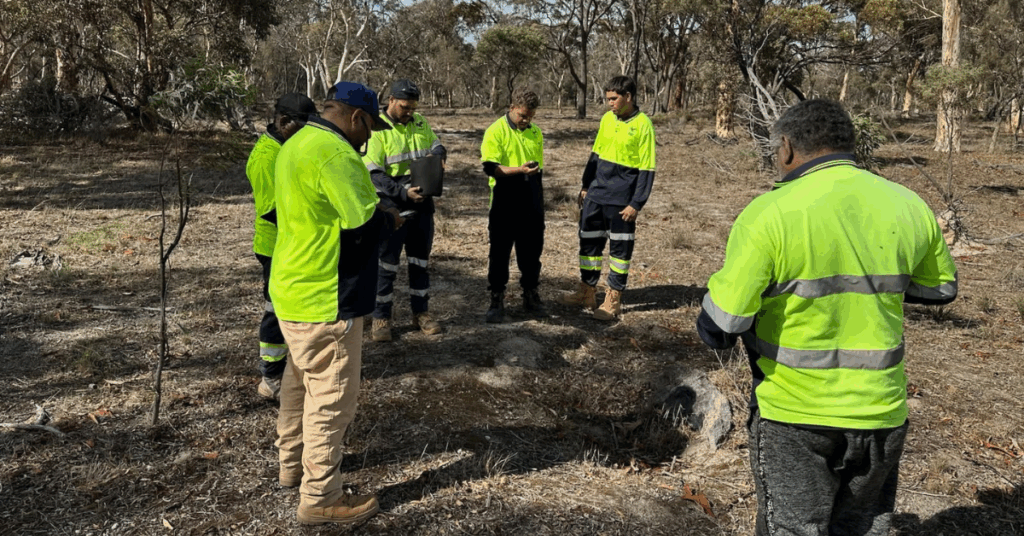
The ground-dwelling malleefowl (Gnow in Noongar) is among the 110 species flagged for priority attention in the Australian Government’s Threatened Species Action Plan 2022-2032: Towards Zero Extinctions.
South West NRM is currently working with Badgebup Rangers and the National Malleefowl Recovery Group in a five-year project to improve outcomes for the culturally significant species and have seen some positive changes in the early stages of the project.
Malleefowl are found in woodlands and shrublands dominated by eucalypt, native pine and acacia species.
They need a sandy soil and lots of leaf litter to build their nests. Mallee is an Aboriginal term for the low-growing eucalyptus trees that dominate their natural habitats. In the past, malleefowl roamed across much of the southern half of Australia but declined sharply after European settlement. Surviving populations are now small and isolated.
Project activities
Earlier this year, a Lidar (Light Detection and Ranging) survey was conducted across a previously known malleefowl habitat near Katanning. Lasers were used to measure data points to create 3D models, and a starting point on the ground to identify where the malleefowl were likely to be found.
This was followed up with ground truthing by the Badgebup Rangers who walked the range in gridlines to investigate areas of interest picked up during the Lidar survey.
The result: Confirmation of three active malleefowl mounds!
More about malleefowl
The culturally significant malleefowl is one of only three Australian native bird species that build a large mound to lay their eggs. The male builds the nest by scraping leaves and sand into a pile and looks after the eggs until they hatch, a period of around 60 days.
Therefore, the recent discovery of active mounds was very exciting indeed!
Next steps
Next steps will involve monitoring the activity on the range during spring to assist in building our malleefowl data and engaging with local farmers who have an interest in working with us to restore the natural habitat of the malleeefowl on their farms.
We’re seeking farmers near Katanning to help!
If you are a farmer in the Katanning area who would be interested in participating in this project, please contact Program Manager Environment Robyn Nicholas on 0436 488 033.
We’ll keep you posted on further developments.
This project is funded by the Australian Government’s Natural Heritage Trust and delivered by South West NRM, a member of the Commonwealth Regional Delivery Partners panel.

Badgebup Aboriginal Corporation Ranger Team Leader Johnny Rodd.

Badgebup Rangers discover a malleefowl mound during their gridline search.
